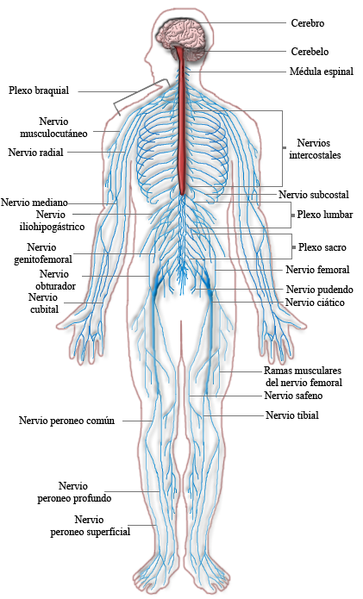Enhance your health with free online physiotherapy exercise lessons and videos about various disease and health condition
Voluntary Motor Control
Use of Voluntary Motor Control
In case of hemiplegia, cerebral palsy, etc severe spasticity will make movements impossible, these movements can be graded with voluntary motor control. While moderate spasticity will allow some slow movements but they will be performed with too much effort and abnormal coordination but fine movements of the limbs especially involving the distal portion will be difficult or impossible.
VOLUNTARY MOTOR CONTROL GRADING
1+ - Gravity eliminated plane with 1/3rd movement possible.
1++ - Gravity eliminated plane with 2/3rd movement possible.
1+++ - Gravity eliminated plane with full range of motion.
2+ - Against gravity 1/3rd movement possible.
2++ - Against gravity 2/3rd movement possible.
2+++ - Against gravity full range possible.
3+ - Against gravity with resistance 1/3rd movement possible.
3++ - Against gravity with resistance 2/3rd movement possible.
3+++ - Against gravity with resistance full movement possible.
4 - Skilled movement.

SYNERGY :Synergy patterns are abnormal ,stereotyped ,primitive ,mass movement pattern associated with spasticity and which can be triggered either reflexively and voluntarily. Synergy can be either flexor or extensor.They involve the action of certain muscles in combination that gives rise to abnormal pattern not useful for functional activities.
In hemiparesis there are some muscles which are always involved and which finally give rise to a peculiar abnormal mass movement pattern and attitude that is characteristic of many hemiparesis patient.The spasticity invariably affects the anti-gravity muscle for reasons not clearly understood.It is however presumed that this anti-gravity muscles are relatively more stretched than pro-gravity muscles in neutral position hence stimulating the stretch reflex giving rise to spasticity.
ABNORMAL SYNERGY IN UPPER AND LOWER LIMBS :
- Flexion synergy for upper limbs :Shoulder girdle retraction and elevation ,shoulder abduction external rotation,supination,flexion of elbow,wrist and finger flexion.
- Flexion synergy for lowr limbs :Hip flexion abduction and lateral rotation , knee felxion,dorsiflexion and inversion.
- Extension synergy - For upper limbs :Shoulder girdle protraction and depression,shoulder adduction,internal rotation,elbow extension,pronation,wrist and finger flexion.
- Extension synergy - For lower limbs :Hip extension,adduction,internal rotation,knee extension,ankle plantar flexion,inversion,and plantar flexion.
Thus is can observed that the following muscles does not take part in either of the synergies :
Read more about Motor Cortex Function on Wikipedia
- 1)Lat dorsi
- 2)Teres major
- 3)Serratus anterior
- 4)Wrist and finger extensors
- 5)Ankle evertors
It is highly essential to understand that synergies are different from the abnormal attitude seen in a hemiparesis patient.The abnormal hemiplegic attitude is due to the combination of strongest component of the flexor and extensor synergy in both upper and lower limbs.
VOLUNTARY CONTROL GRADING FOR ASSESSING SYNERGY PATTERNS :
GRADE 0 : NO CONTRACTION
GRADE 1: FLICKER OF CONTRACTION PRESENT PRESENT OR INITIATION OF MOVEMENT
GRADE 2: HALF RANGE OF MOTION IN SYNERGY OR ABNORMAL PATTERN
GRADE 3: FULL RANGE OF MOTION IN SYNERGY OR ABNORMAL PATTERN
GRADE 4: INITIAL HALF RANGE IS PERFORMED IN ISOLATION AND THE LATTER HALF IN PATTERN
GRADE 5: FULL RANGE OF MOTION IN ISOLATION BUT GOES INTO PATTERN WHEN RESISTANCE IS OFFERED
GRADE 6: FULL RANGE OF MOTION ISOLATION AGAINST RESISTANCE.
Return from voluntary motor control to home page
Return from voluntary motor control to neuro rehab
Recent Articles
|
Author's Pick
Rating: 4.4 Votes: 252 |

